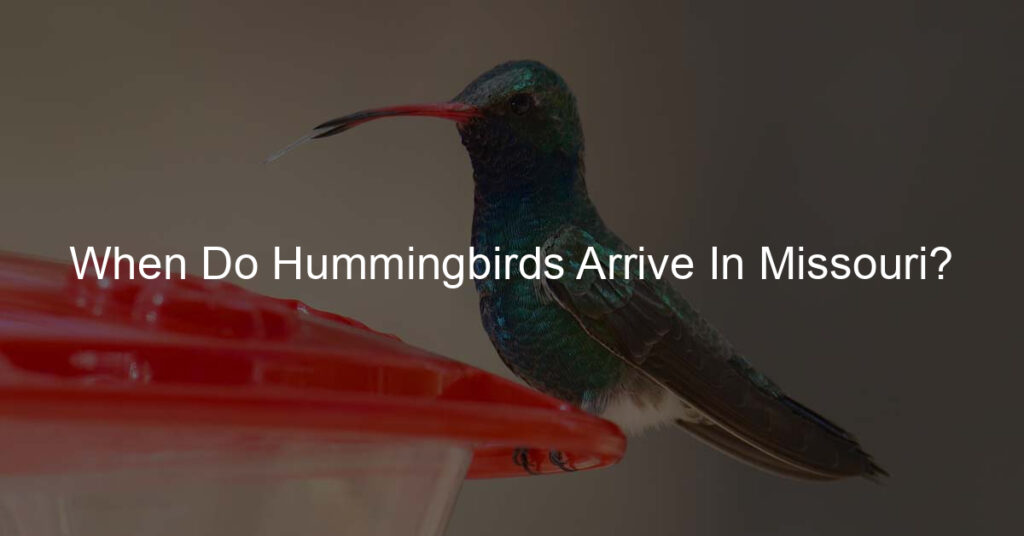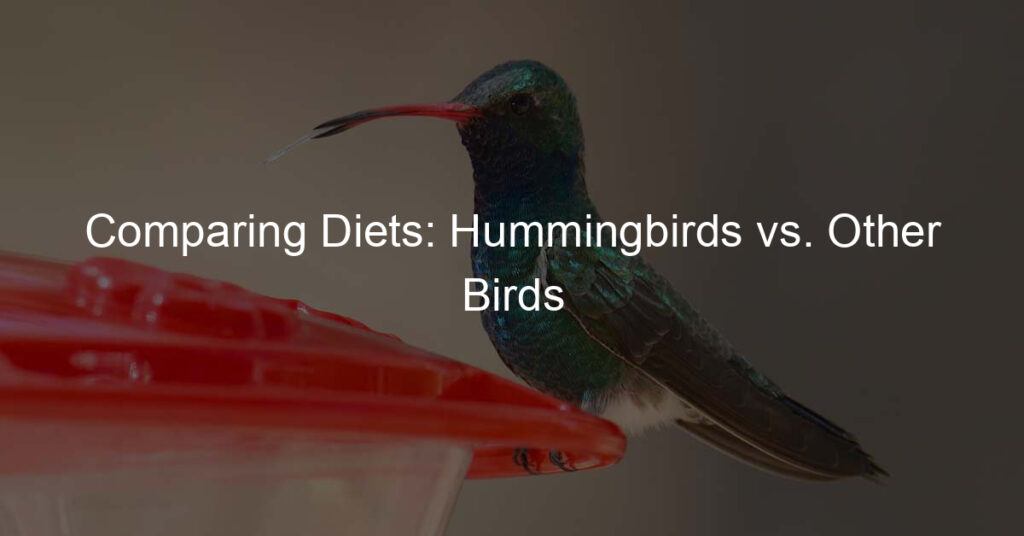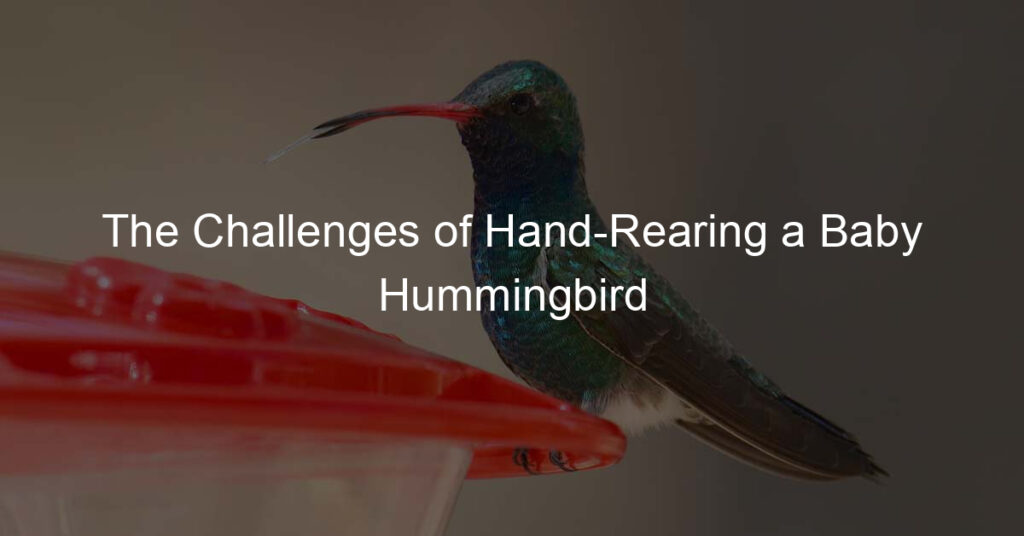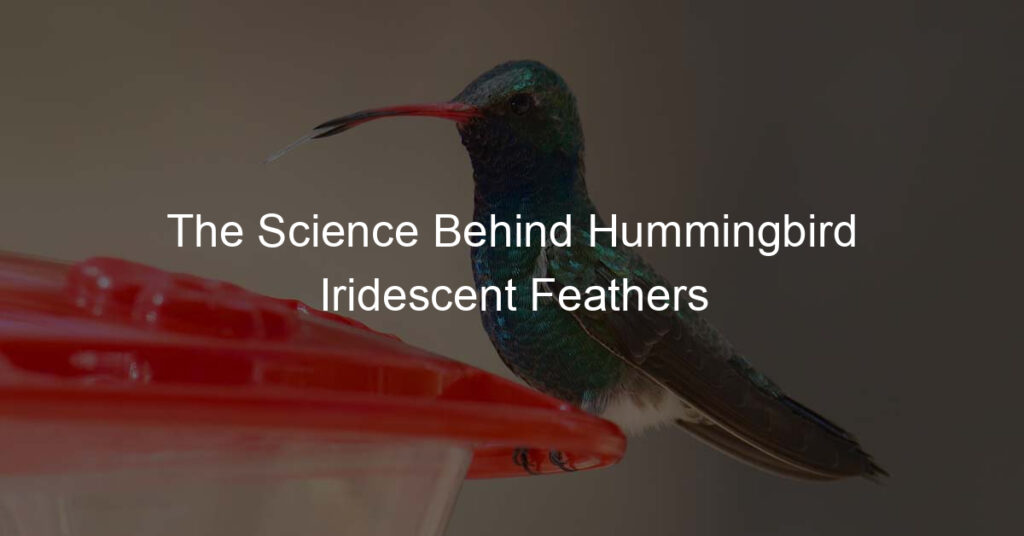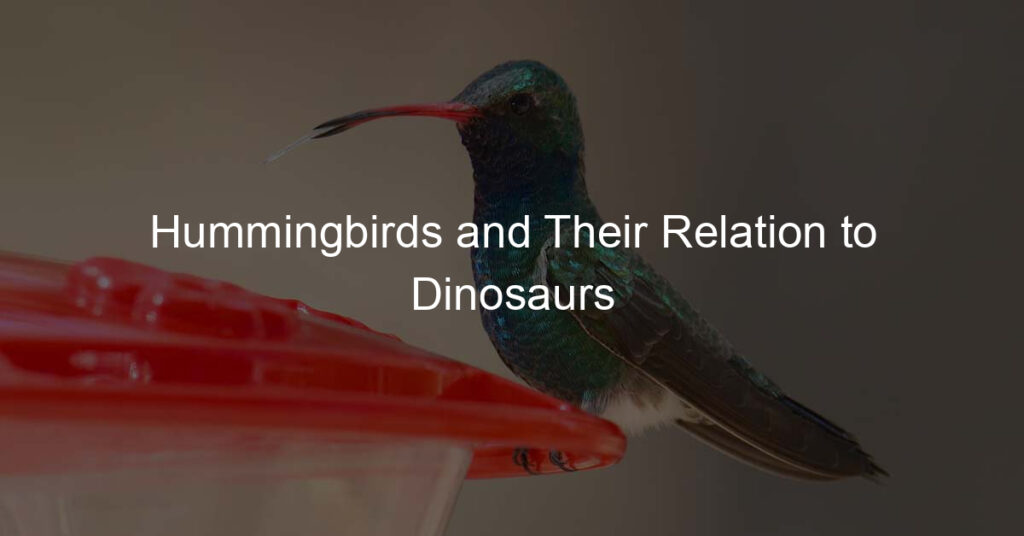For many birdwatchers, one of the most exciting times of year is when hummingbirds begin to arrive. While these tiny birds are often seen all over North America, their arrival dates can vary depending on geography and climate. If you live in Missouri, here’s what you need to know about when to expect hummingbirds.
When Do Hummingbirds Arrive In Missouri?
Hummingbirds typically begin to arrive in Missouri in late March and early April, although this can vary depending on the weather. For example, unusually warm winters may result in an earlier arrival date while colder temperatures can delay their arrival. The best time to look for hummingbirds is during the first two weeks of April, as they will have already made it up from their wintering grounds in Central and South America at that point.
Learn More: How To Fill Hummingbird Feeder
When Do Hummingbirds leave Missouri?
In general, most hummingbird species stay in Missouri until late October or early November when they begin their southward migration. Some species, such as the Ruby-throated Hummingbird, may stay even longer if there are ideal food sources such as nectar-bearing flowers or sugar-water hummingbird feeders.
Hummingbirds Species In Missouri
A variety of hummingbird species can be found in Missouri:
Ruby-Throated Hummingbird
The Ruby-throated Hummingbird is by far the most common species in Missouri and has been documented in all 114 counties. Ruby-throated hummingbirds arrive in Missouri in mid-April. This hummingbird grows to about 3 inches in length with a wingspan of around 4 inches, making it one of the smallest birds found in North America.
Its feathers are predominantly green on its back and rust-colored on its throat—hence its name—and it typically migrates south for winter. The Ruby-throated Hummingbird feeds on nectar from flowers and insects such as spiders and ants; it will also travel great distances for food if necessary.
Learn More How To Get A Hummingbird Out Of Your Garage
Rufous Hummingbird
The Rufous Hummingbirds (Selasphorus Rufus) are another species that can occasionally be spotted in Missouri during migration season (April to October). This tiny bird measures only 3–4 inches long with a wingspan of around 3.5 – 4 inches, and its feathers are mainly orange or rust-colored, which gives them its name.
In addition to nectar, these hummingbirds feed on insects such as flies or bees for protein; they can often be seen hovering near flowers or hovering and darting after their prey. As with many other birds, their migration patterns depend on food availability and weather conditions; they usually migrate south for winter but have been known to remain in areas where there is an abundant food source year-round.
Broad-tailed Hummingbird
The Broad-tailed Hummingbird (Selasphorus Platycercus) is the least common species found in Missouri but can be seen during migration season. This tiny bird usually measures 3.26 inches in length with a wingspan of 5.25 inches and its feathers are mainly green on the back and red or orange on its throat. These hummingbirds feed mostly on nectar from flowers such as columbine, honeysuckle, larkspur, and vervain; they also supplement their diet with insects when necessary. Typically hummingbirds migrate south for winter but may remain in areas where there is an abundant food source all year round.
Learn More: Do Bats Drink From Hummingbird Feeders?
How Can I Attract Hummingbirds To My Yard?
Feed Hummingbirds by far the most popular way of attracting hummingbirds is by offering them sugar water. This involves making a nectar solution using 4 parts water and 1 part sugar. Be sure not to use honey or artificial sweeteners in the nectar as they can be harmful to hummingbirds. Make sure the nectar is replaced every two days so it doesn’t spoil and ferment. You can also buy pre-made nectar solutions from many local stores.
Plant Red Flowers: Red flowers are incredibly attractive to hummingbirds and they’re an essential part of creating a hummingbird-friendly yard. Planting red flowers will give the birds something colorful and vibrant to feast on while they visit your garden! Some great red flower varieties include butterfly bush, cardinal flower, columbine, foxglove, hibiscus, impatiens, petunias, snapdragons, and zinnias.
Learn More: How To Make A Hummingbird House
Give Hummingbirds Some Space: Even though it may seem fun to get close enough so you can watch them feeding from your nectar feeders or flowers, it’s important that you give them their space as well. It’s important for them not only for safety reasons but also because being too close could cause them stress which could affect their ability to find food later on down the line as well as their lifespan overall.
Replace Nectar Before It Spoils: As mentioned earlier, it is important that you replace the nectar before it spoils which will generally take two days in warm weather or three days in cold weather – depending on what type of solution you’re using (homemade vs store bought). Replacing regularly ensures that there’s always plenty of fresh nectar available for those hungry little guys!
Do Not Use Chemical Pesticides: Avoid using chemical pesticides when trying to attract hummingbirds as these chemicals can be toxic to them. Stick with natural solutions such as insecticidal soap or neem oil instead – both of which are safe for birds but still effective at keeping pests away from your plants and flowers!
Provide Shelter From Predators: When giving shelter from predators like cats or hawks try hanging some plants near the feeder area where they can perch out of sight while still keeping an eye out for potential danger lurking nearby! This will make them feel safer while visiting your garden without feeling overwhelmed by predators trying to steal away any precious mealworms or sugary treats they may find there!
By following these tips, you’ll be sure to have some amazing hummingbird visitors in your yard all year round! All it takes is a little dedication and patience – the results will be worth it. Good luck!
Learn More: Can You Put Too Much Sugar In A Hummingbird Feeder
Conclusion
Hummingbirds are fascinating and captivating small birds that migrate through Missouri every spring and fall. The Ruby-throated Hummingbird is the most commonly seen species but other species such as the Rufous and Broad-tailed Hummingbirds can also be spotted during migration season. These tiny birds feed mostly on nectar from flowers and insects, so having an abundance of these food sources in your backyard is a great way to attract hummingbirds to your area.
With patience and luck, you may even catch a glimpse of one of these delightful creatures! So keep your eyes open for these incredible little birds during their migration season!

